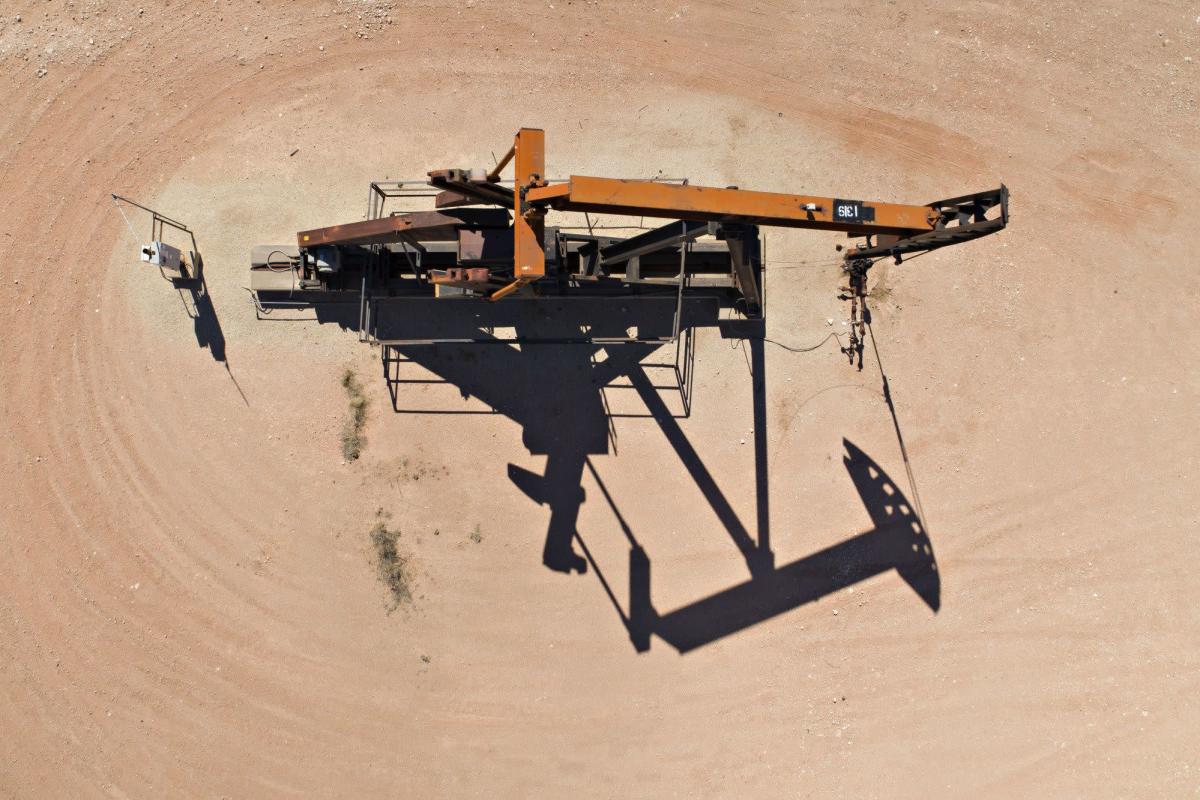
(Bloomberg) — Chevron Corp. lifted its production target in North America’s biggest oil field in a sign that U.S. shale is responding to $100-a-barrel crude despite rising cost pressures and equipment shortages.
Chevron will produce at least 15% more from the Permian Basin this year compared with 2021, for a total output of about about 725,000 barrels of oil daily, the company said in an investor presentation on Friday. That’s up from the previous plan for a 10% increase in the region.
The second-largest U.S. driller joins Continental Resources Inc., Hess Corp. and Matador Resources Co. in signaling plans to boost shale production amid sky-high crude and gas prices.
“We are seeing some cost increases in the Permian but it’s very manageable,” Chief Financial Officer Pierre Breber said during an interview. Chevron is now “back on the trajectory that we were on pre-Covid” in the biggest U.S. shale basin.
U.S. President Joe Biden implored oil companies to reinvest profits from surging oil prices into more production in an effort to tamp down on rampant inflation. Chevron’s announcement, combined with their smaller peers, show that the industry may be willing to increase supplies, even though there are steep labor and equipment shortages.
Chevron’ stock declined 2.4% to $157.91 at 1:53 pm in New York trading.
Brent crude is up about 40% this year to $107 due to Russia’s growing international isolation following its invasion of Ukraine, while natural gas also posted steep gains, especially in Europe. The big question is whether the industry is willing and able to counter the withdrawal of Russian energy from global markets.
“There is a supply response happening,” Breber said. “It’s just lagging what’s been very strong demand.”
Chevron’s capital expenditure is pegged at about $15 billion this year, a 50% increase on 2021, but less than half the levels of a decade ago, when prices last were consistently around the $100 mark.
The company currently plans to buy back $10 billion of shares this year, a record high.
“We could have a bigger buyback program right now,” Breber said. “We want to size it to a level where we can maintain it when the cycle does turn and we expect the cycle will turn at some point in time.”
©2022 Bloomberg L.P.